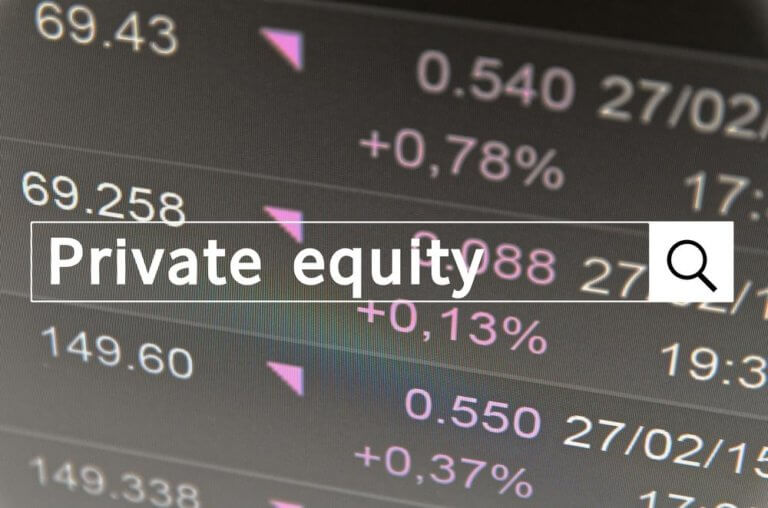Exit strategies for under-performing assets
In a fast-shifting financial landscape, holding onto assets ‘just in case’ can be a huge commercial mistake. Under-performing assets are a silent profit killer, draining cash and limiting the amount of investment you can make back into your portfolio.
Let’s have a look at how to recognise an under-performing asset and the most strategic ways to make them work for you.
What is an under-performing asset?
An under-performing asset refers to an asset that delivers below expected returns, relative to market benchmarks or portfolio goals. They can take many forms, from legacy investments and ageing tech stocks to illiquid property or unused commercial space.
The risk when you have capital tied up like this is that not only do you potentially have ongoing maintenance costs and tax liabilities, but you also have the lost opportunity cost of not having that capital somewhere more profitable.
The psychology of letting go
It might be interesting, before you get onto exit strategies, to spend some time thinking about why you still have these under-performing assets, because it may not be as simple as you think. As logically and objectively as we try to approach business decisions, there will always be an element of human psychology at play.
Take a property for example – perhaps it represents something to you, is some kind of status symbol, or has an emotional significance? Could you be a victim of the sunk cost fallacy, where you feel you’ve already invested so much in something that you can’t bear to cut and run?
Strategic exit routes
Once you’ve identified the assets that aren’t serving you and why you might be holding on to them, it’s time to consider your exit strategy. This will typically fall under one of three routes – sell, repurpose or restructure.
Sell outright
This option is particularly suited to non-performing stocks or commercial property that’s no longer serving your business or delivering strong returns. A quick search for ‘sell my commercial property’ can lead you to specialist services like We Buy Any Home that offer a fast, market-based sale, freeing up funds to reinvest elsewhere.
Lease or licence unused commercial assets
If you don’t want to sell, leasing could be an option for assets like office buildings, warehouse space or equipment of any kind. Leasing gives you a fixed income from the asset, making it instantly a lot more financially viable.
Trade or swap underperforming holdings for more dynamic opportunities
Not convinced by an outright sale or leasing? You could consider trading stagnant assets, like outdated commercial property or niche investments, for higher-yield alternatives through asset swap agreements or reinvestment schemes. This can unlock growth potential while maintaining a balanced portfolio.
Next steps
You’ve worked through the process, identified those assets that need attention, and you’ve successfully implemented an exit strategy that’s right for you. What now? Now’s the time to consider how to reinvest the cash you’ve unlocked into more profitable investments.
Take professional advice at this stage and be sure to consider not just the wider market and economic climate but also the liquidity and scalability of new investments as well as their alignment with your long-term goals.























